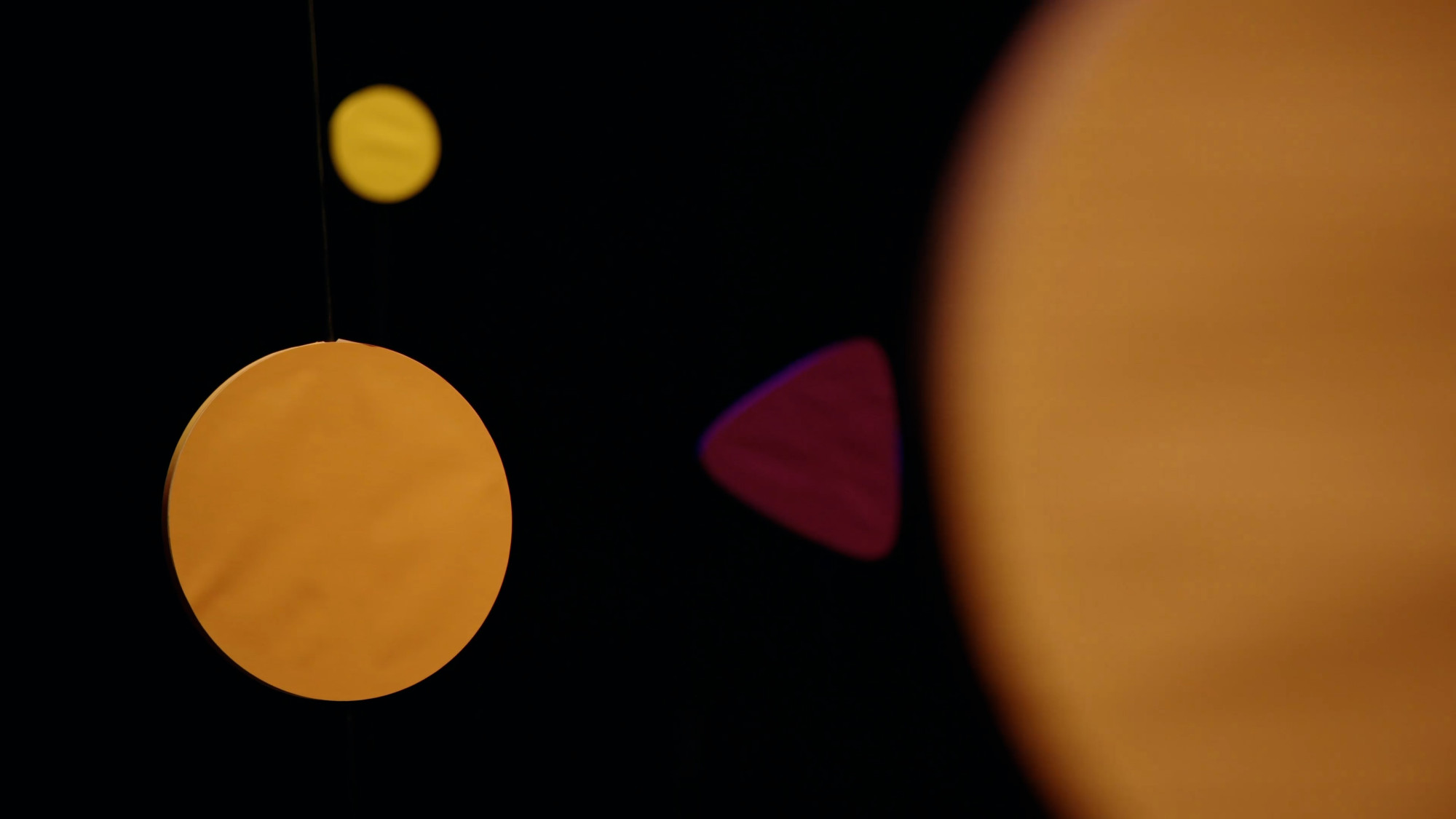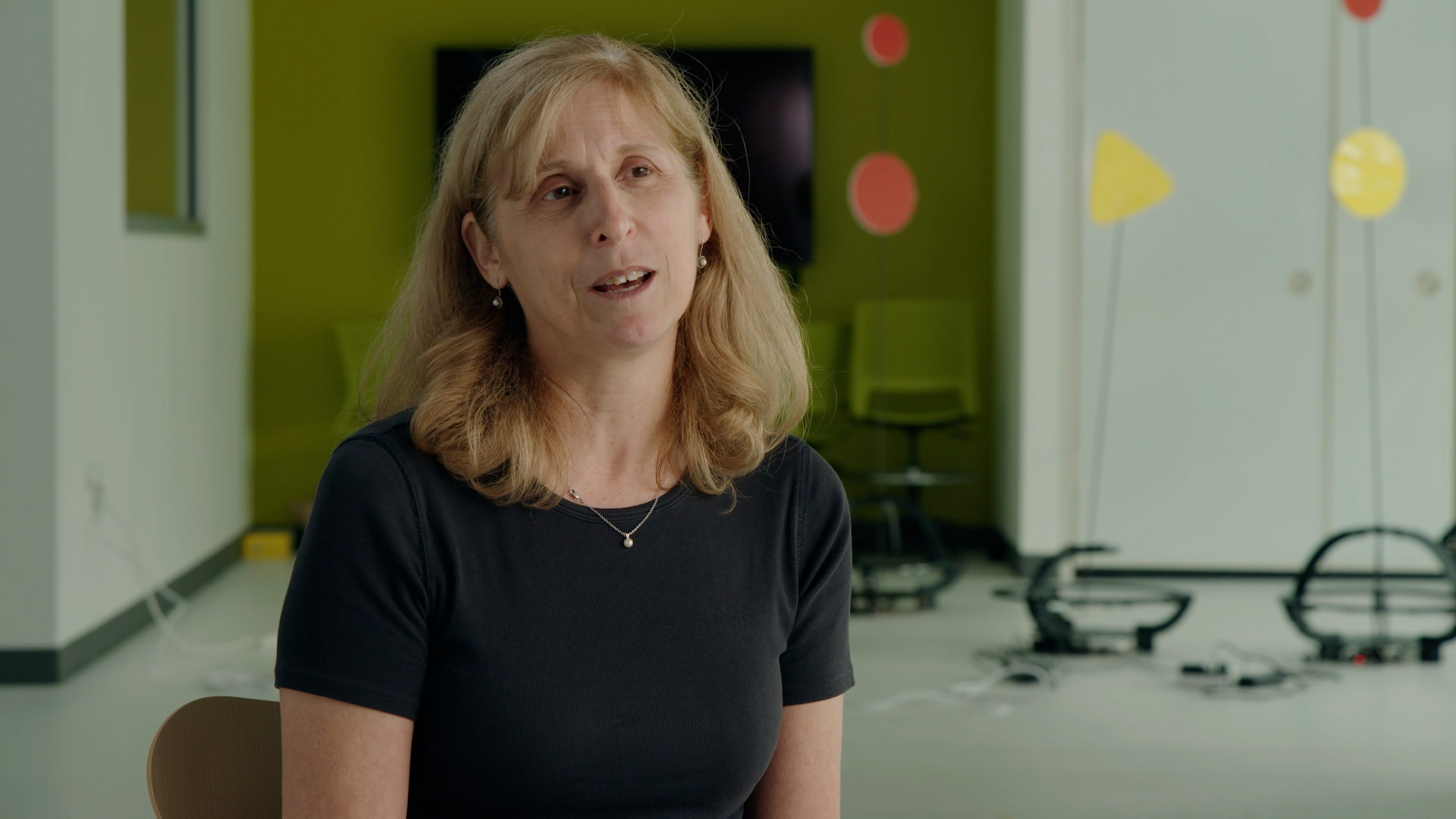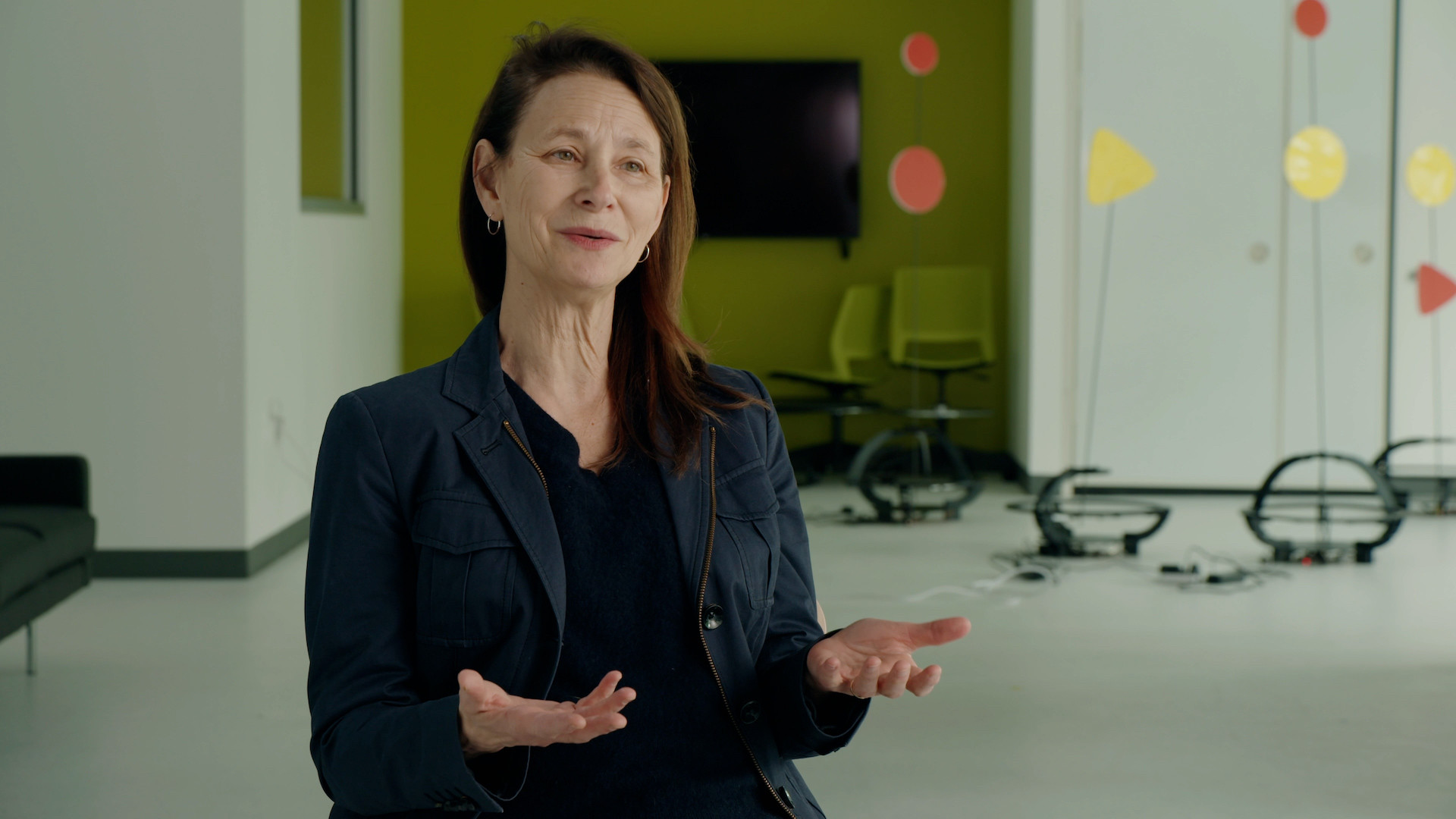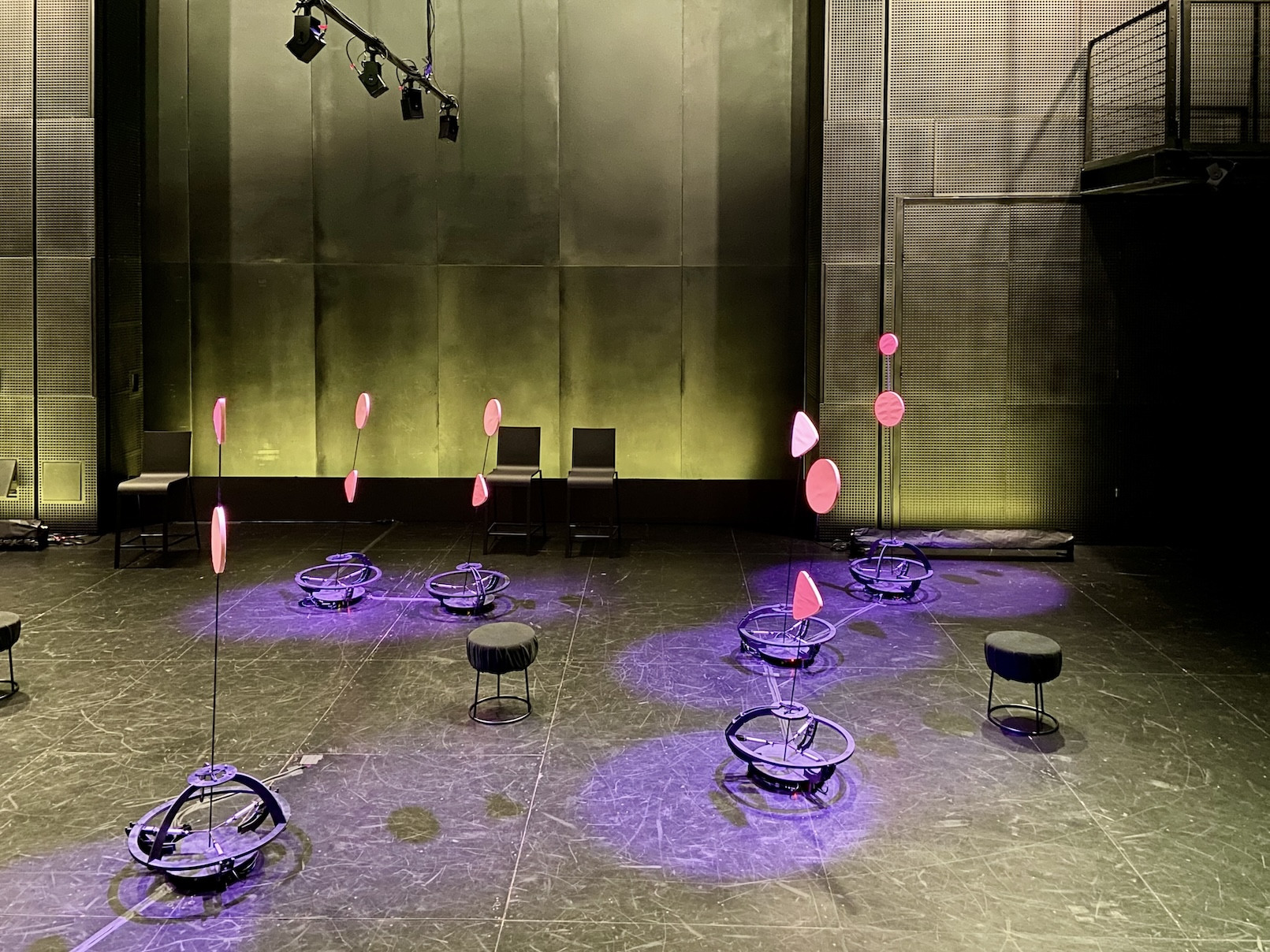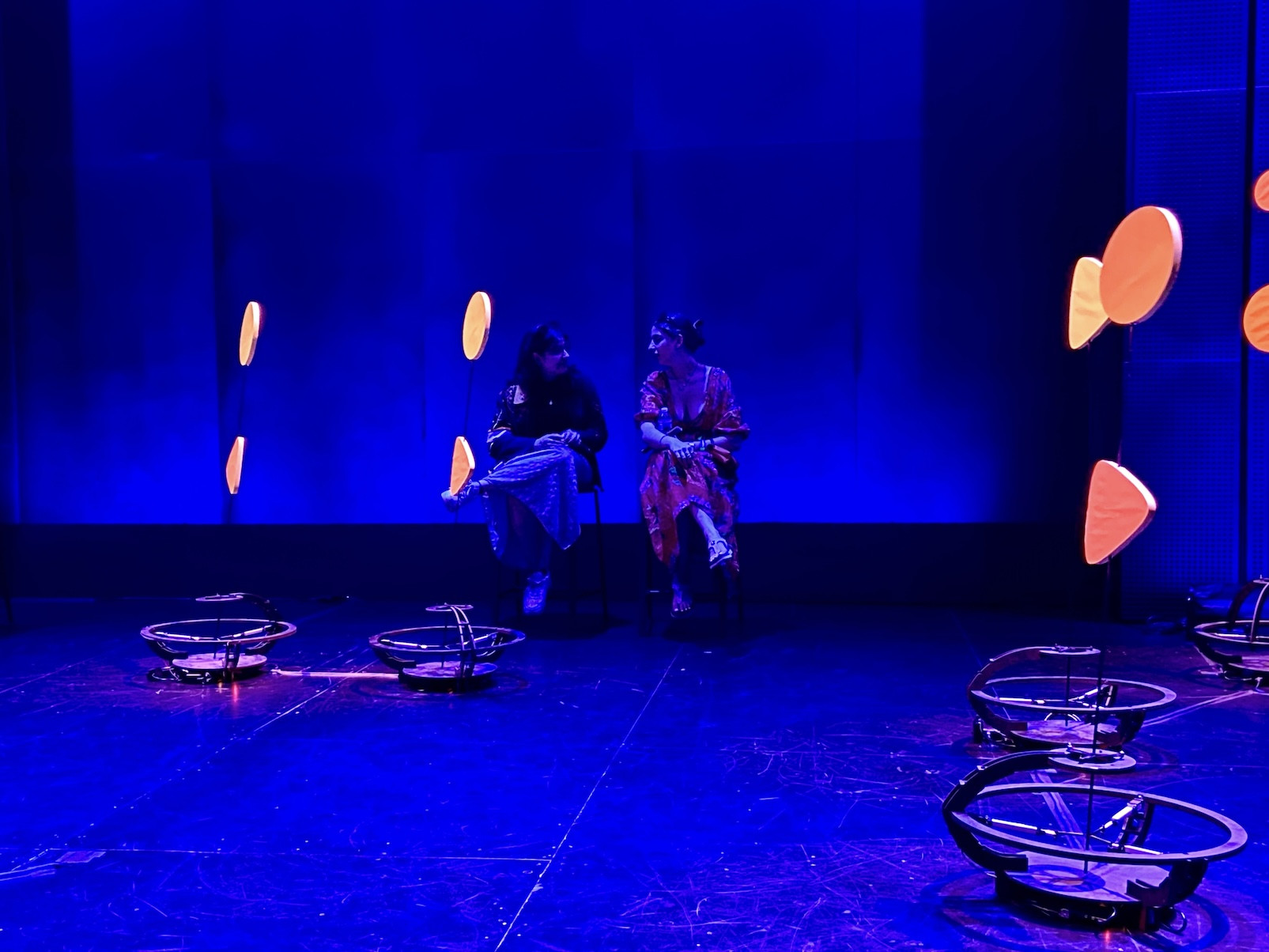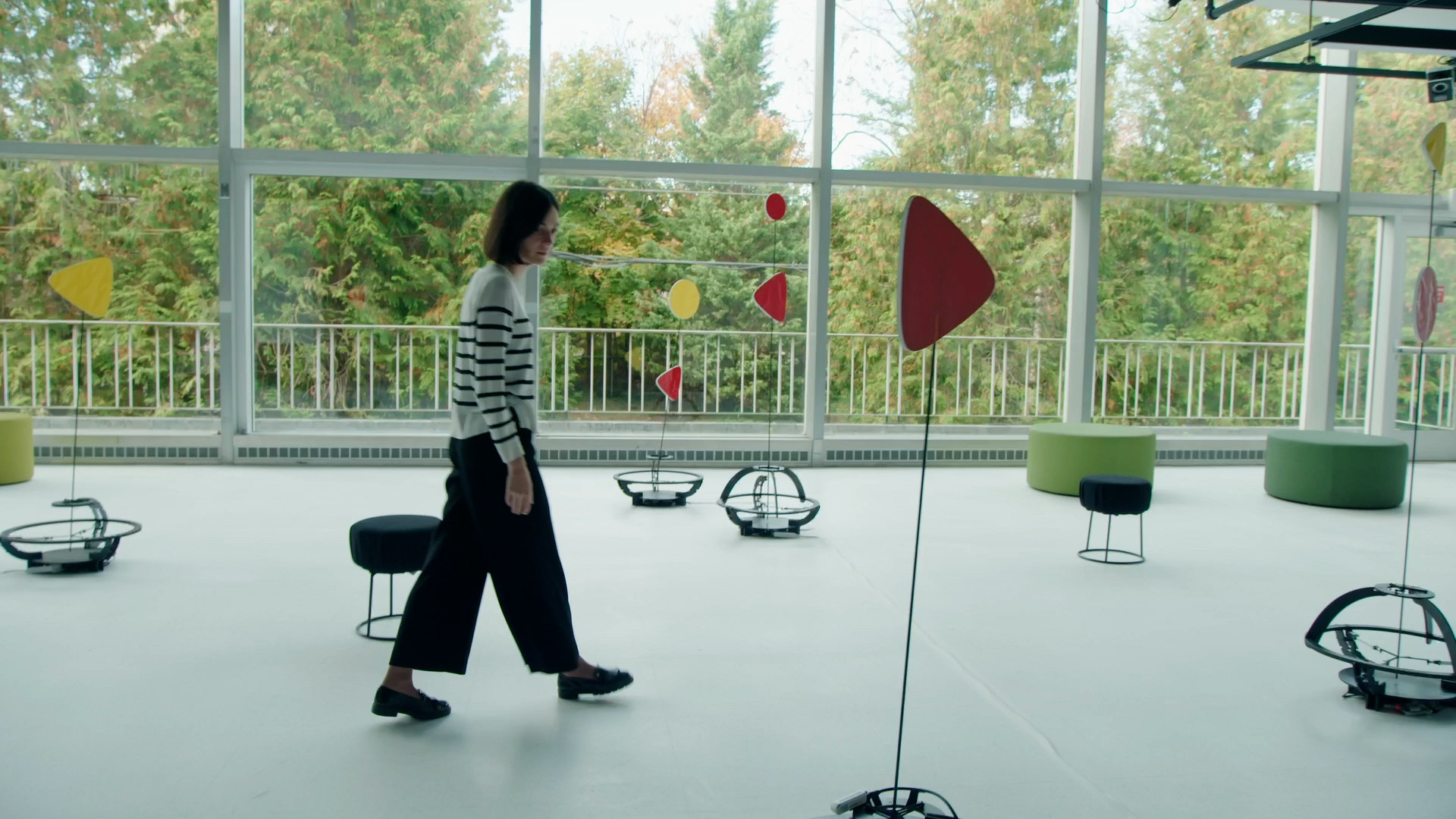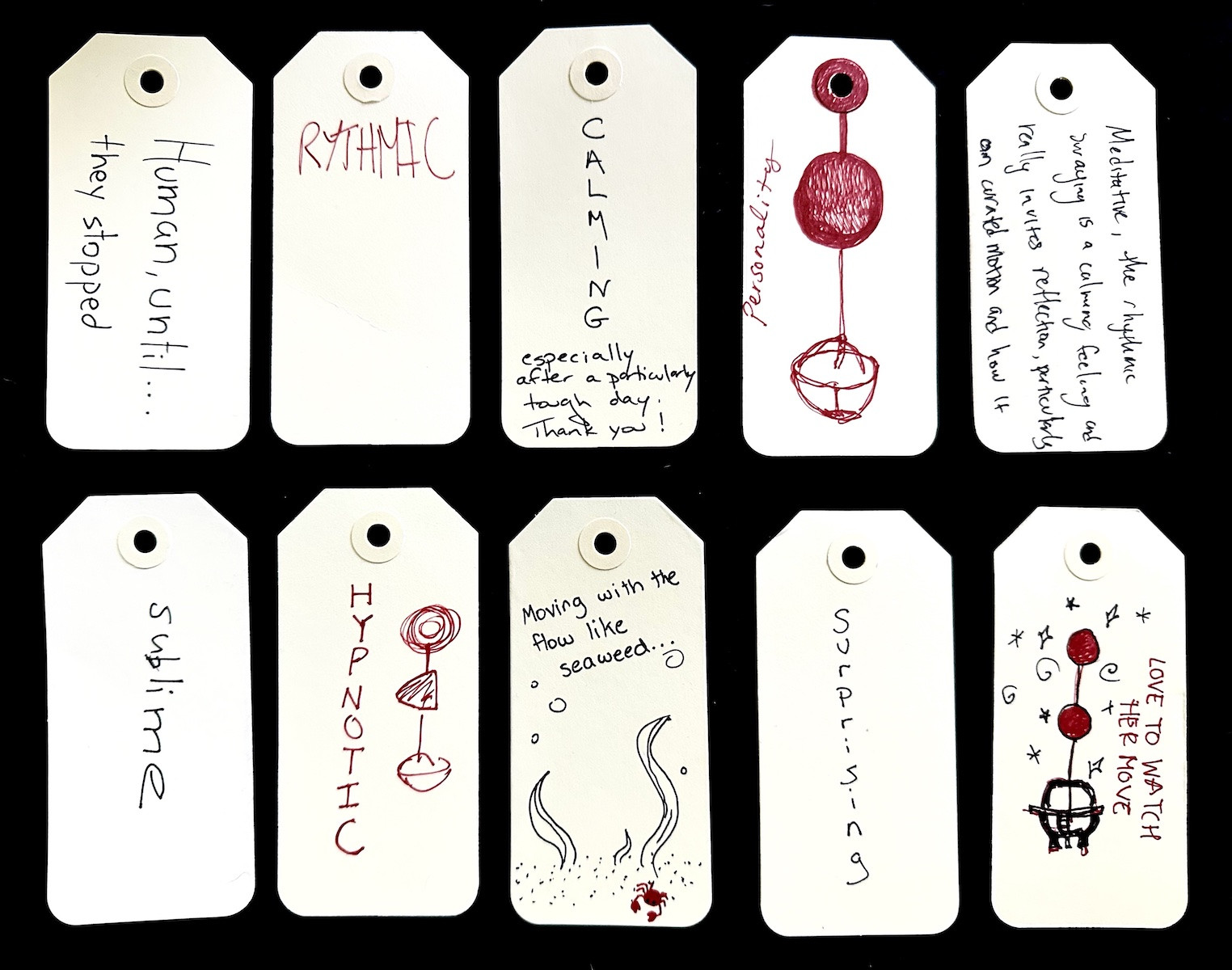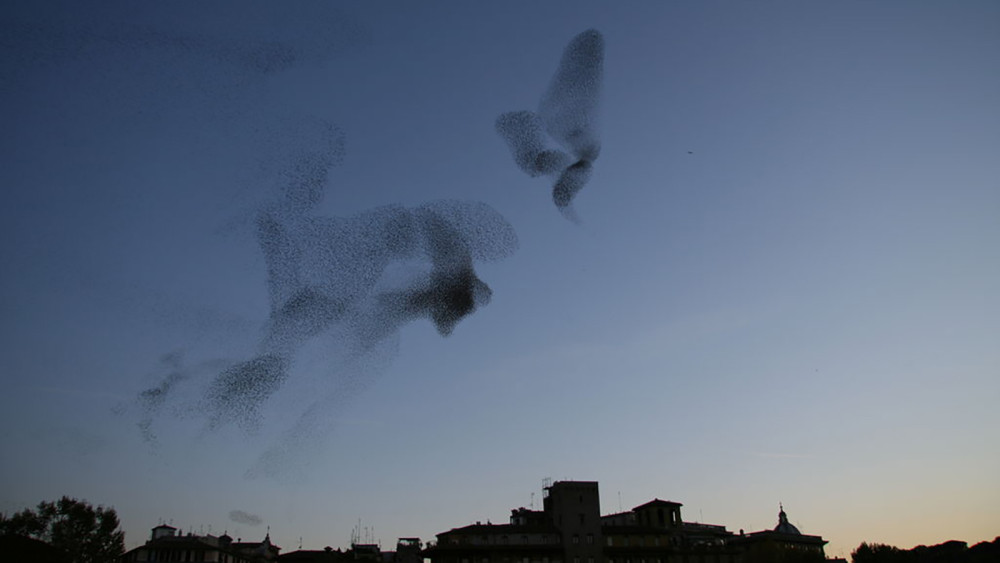Can the coordinated movements of “dancing” robots regulate our nervous systems? An ambitious collaboration across dance, computer science, architecture, and mechanical engineering, “Rhythm Bots” seeks to initiate dynamic interactions between humans and machines that evoke calm and connection.
Investigations into collective motion and rhythmic connection are central to “Rhythm Bots.” Drawing inspiration from two natural phenomena—rhythmic entrainment, the tendency to become attuned with a beat, and interpersonal synchrony, when we mirror one another—the project delves into how we move, feel, and connect while considering the potential of robots to aid in this process.
Naomi Ehrich Leonard, Edwin S. Wilsey Professor and Chair of Princeton University’s Department of Mechanical and Aerospace Engineering, conceived and leads this cross-disciplinary endeavor in consultation with Susan Marshall, professor and director of the Program in Dance at Lewis Center for the Arts. They merge their areas of expertise to unravel the complexities of group dynamics. Naomi studies the logic behind collective motion and decision-making in biological systems—think flocks of birds and schools of fish—and designs coordination for groups, such as teams of robots for environmental monitoring. In her choreography, Susan explores human behavior and relationships through gesture and movement.
Their creative partnership began in 2010 with “Flock Logic,” a site-specific performance applying models of flocking birds and schooling fish to dancers’ and audience members’ harmonious movements. This work laid the foundation for “Rhythm Bots,” where the actions of humans and machines influence one another in a reciprocal feedback loop. Susan’s ongoing investigation into how synchronized dancers can rhythmically entrain an audience, called “Rhythm Bath,” inspired Naomi to adapt this line of inquiry to her own research, replacing human dancers with dancing robots.
The vision for “Rhythm Bots,” Naomi explained, is to create a group of simple, gentle, and rhythmically moving robots that can create a calming and relaxing experience in response to the audience. “We’re looking at this as an exploration at the intersection of art and engineering to create something that affects people in a beautiful way, the way you might feel watching the tide ebb and flow.”
“Rhythm Bots” takes shape as a kinetic sculpture with moving robots that invite viewers into an interactive and meditative public space. Recalling Alexander Calder’s motorized sculptures from the 1930s, the project conjures a mesmerizing dance of coordinated and rhythmic movements between audiences and mechanical “performers,” where the influence can be mutual. The bots’ choreography is synchronized by algorithms that enable them to coordinate their movement with one another. With machine vision, the robots can also adjust in reaction to your proximity and motion as you navigate the installation. Collective rhythms and patterns unfold as the bots’ swaying motions may affect and be affected by your own.
The team that debuted the first iteration of “Rhythm Bots” at Pink Noise Projects in Philadelphia, under Naomi’s direction and in conversation with Susan, comprised a student and postdoc team from Princeton’s mechanical and aerospace engineering, computer science and architecture departments. María Santos coordinated the design elements into a working whole and oversaw the programming of the bots’ choreography; Isla Xi Han designed and built the bots’ base and torso; Kathryn Wantlin established the work’s interactivity through computer vision; and Sarah Witzman designed and developed the mechanism for controlling the bots’ motion. Caroline Hana joined the team the following year for the second iteration, helping to build more bots and expand the choreography.
As “Rhythm Bots” continues to unfold in new directions, it opens fresh avenues for exploring the possibilities of rhythmic connection, the expressive language of movement serving as a conduit for communication and influence between humans and robots.
“Rhythm Bots” is produced by creativeX with additional support from Princeton University’s School of Engineering and Applied Science. Special thanks to Mark DeChiazza, Alessio Franci, and Shinkyu Park for critical feedback and creative contributions, and the Humanities Council and Office of the Dean of Research for past support.

